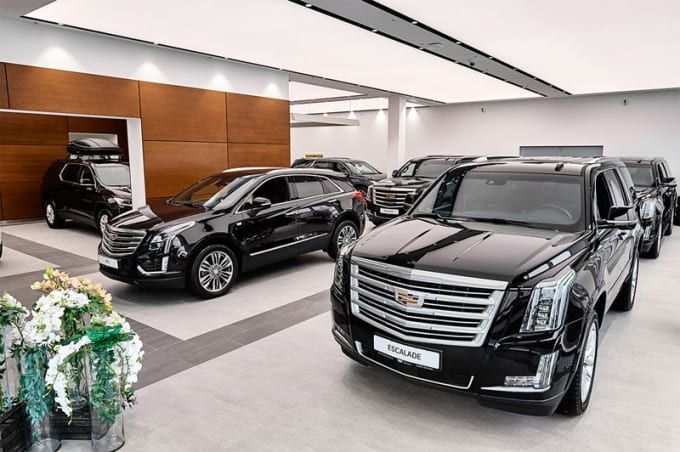
How the manufacturer saves at the expense of the buyer: 10 options
Content
"The car can be of any color, but on condition that it is black", -said Henry Ford about his famous Model T. This is the first example of an eternal struggle between manufacturers and consumers. The automaker, of course, tries to save as much as possible on the client, but at the same time strives to do everything so that the client likes it.
The modern auto business is full of examples of savings that are far from harmless and even go sideways for the unsuspecting owner. The most common trend is to make cars more difficult to repair. Here is a list of the 10 most common pieces of evidence.
1 Aluminum block
Linerless aluminum blocks reduce engine weight. This design has another advantage: aluminum has a higher thermal conductivity than cast iron. The cylinder walls in such an engine are coated with nikasil (an alloy of nickel, aluminum and carbides) or alusil (with a high silicon content).
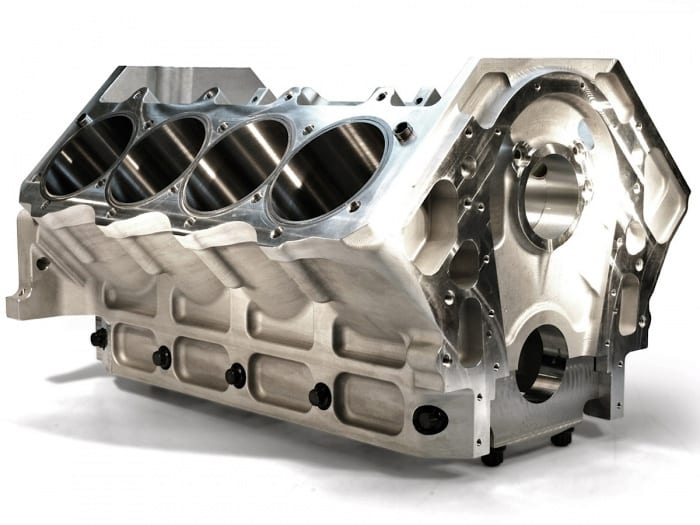
The performance of such an engine is excellent - it is light, has excellent cylinder geometry due to minimal thermal deformation. However, if a major overhaul is required, the only solution is to use repair sleeves. This makes repairs more expensive compared to a similar cast iron unit.
2 Valve adjustment
Many modern engines require an unpleasant, complicated and expensive procedure with a maximum mileage of 100-120 thousand kilometers: valve adjustment. Indeed, even units of relatively expensive models with a working volume of more than 2 liters are made without hydraulic compensators.
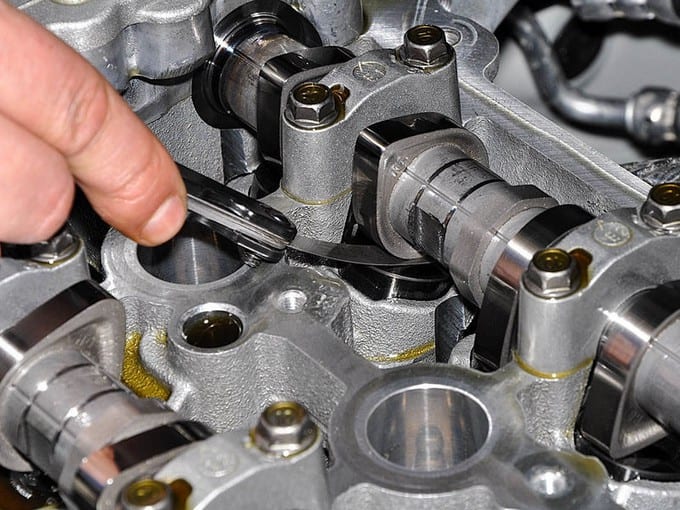
For this reason, it is necessary to periodically raise the camshafts and replace the adjusting caps. This applies not only to budget cars such as Lada and Dacia, but also to the Nissan X-Trail with its powerful QR25DE engine. At the factory, setting is simple, but it is a rather laborious and delicate procedure if it is performed by a service center.
The problem sometimes even affects engines with a chain, which are supposedly designed for a longer life before major repairs. A good example is the 1,6-litre petrol engine in the Hyundai and Kia families.
3 Exhaust system
The design of the exhaust system is also a good example of material savings. It is often made in the form of a long, inseparable tube that contains all the elements: from the manifold and the catalytic converter to the main muffler.
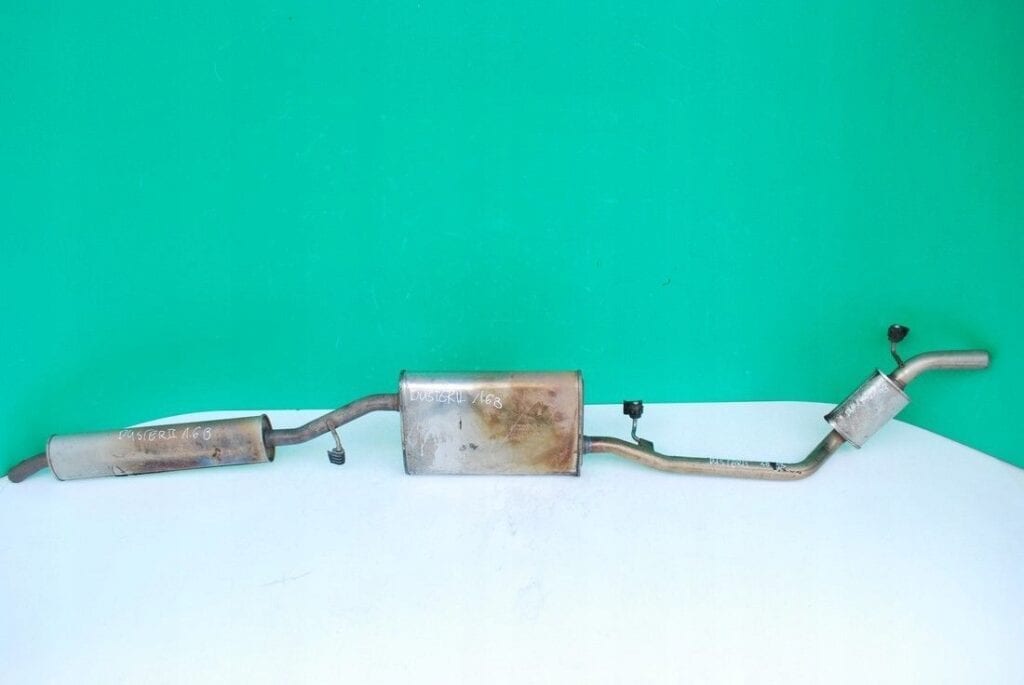
This applies to dozens of models such as the Dacia Dokker. Naturally, such a solution is extremely inconvenient when it is necessary to repair only one of the components, for example, to replace the muffler, which most often fails.
To carry out repair work, you must first cut the pipe. The new element is then welded onto the old system. Another option is to change the entire kit as it is sold. But it's cheaper for the manufacturer.
4 Automatic transmissions
The service life of all types of automatic transmissions depends primarily on their operating temperature. However, manufacturers often ditch the transmission cooling system - to save money, of course.
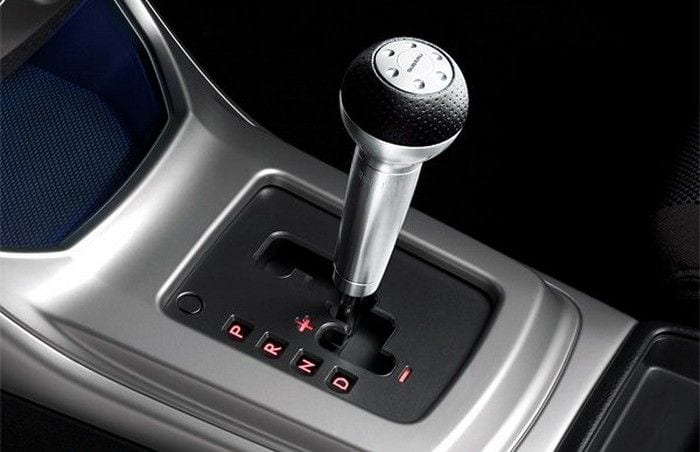
This is done not only on budget city cars, but also sometimes on large crossovers, which often experience severe stress on the drivetrain. The early generations of the Mitsubishi Outlander XL, Citroen C-Crosser and Peugeot 4007 are good examples.
They were built on the same platform. Since 2010, manufacturers have stopped adding coolers to the Jatco JF011 drivetrain, resulting in customer complaints tripling. VW's 7-speed DSG also had problems with dry clutches, and in particular the one used by Ford Powershift.
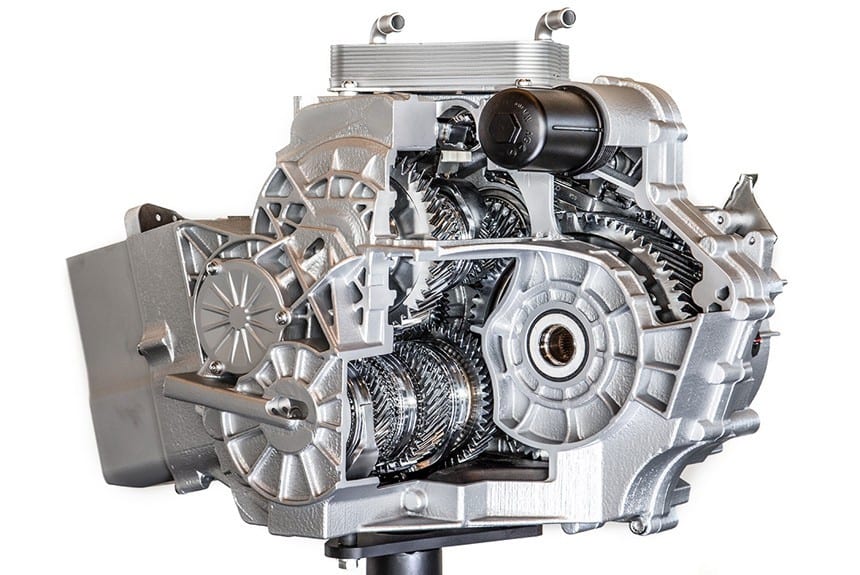
5 Chassis
Some manufacturers do not disassemble the drive shaft and are sold only in a set with two joints. Instead of replacing only the faulty item, the car owner must buy a new kit, which can cost up to $ 1000.
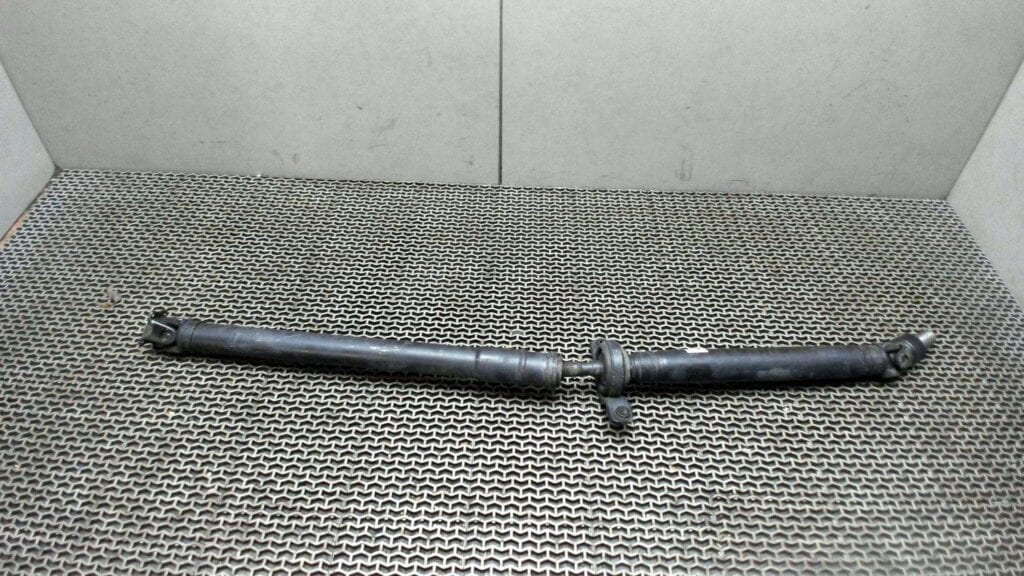
Worst of all, this decision is usually applied to budget cars, whose owners are suddenly forced to make repairs at a much higher cost than the same costs for models with a split driveshaft, such as the Volkswagen Touareg.
6 Hub bearings
Increasingly, hub bearings are used, which can only be replaced with the hub or even together with the hub and brake disc.
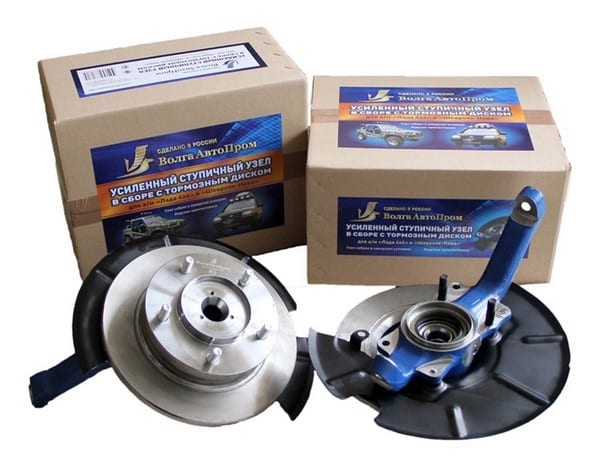
Such solutions are available not only in Lada Niva, but also in relatively model cars, such as the latest Citroen C4. The plus is that it is much easier to replace the entire "node". The downside is that it is much more expensive.
7 Lighting
The electrical systems in modern cars are so complex that the manufacturer has countless opportunities to outsmart and save money.
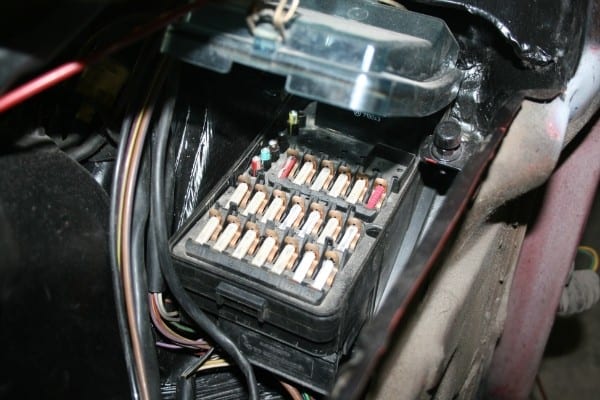
A good example is the light bulbs in the headlights, which in many models are switched on by a switch without a relay - although the total power exceeds 100 watts. This is the case, for example, with cars built on the Renault-Nissan B0 platform (first generation Captur, Nissan Kicks, Dacia Sandero, Logan and Duster I). With them, the headlight switch often burns out after several thousand kilometers.
8 Headlights
A similar approach applies to headlights. Even if there is a small crack on the glass, you will have to replace the entire optics, and not the broken element. In the past, many models, such as the Volvo 850, only allowed glass replacement at a very low cost.
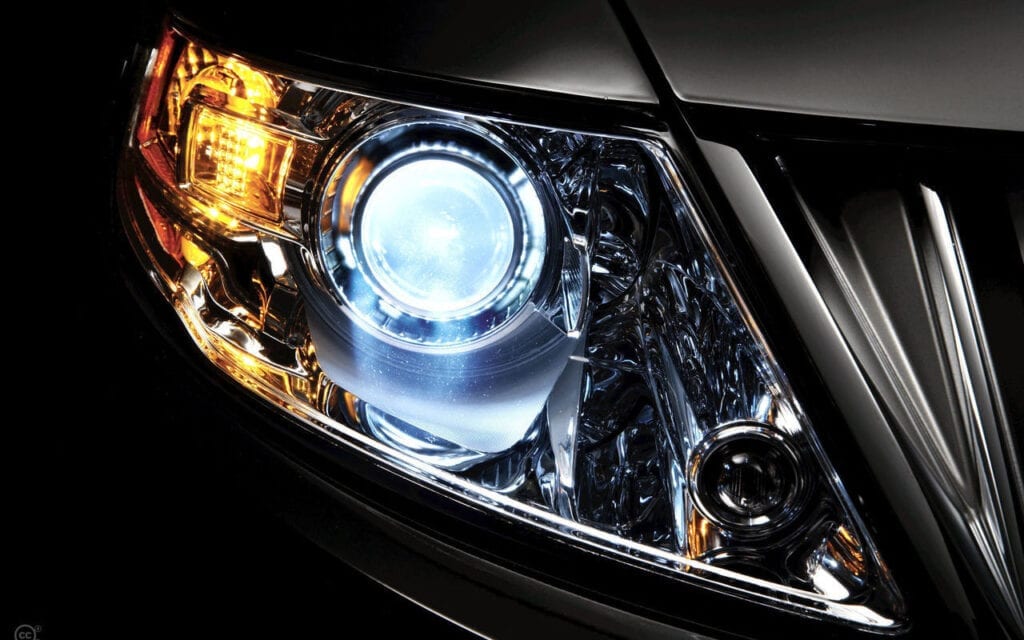
9 LED optics
The latest hit is the use of LEDs instead of bulbs. And this applies not only to daytime running lights, but also to the headlights, and sometimes even the rear lights. They glow brightly and save energy, but if one diode fails, the entire headlight must be replaced. And it costs many times more than usual.
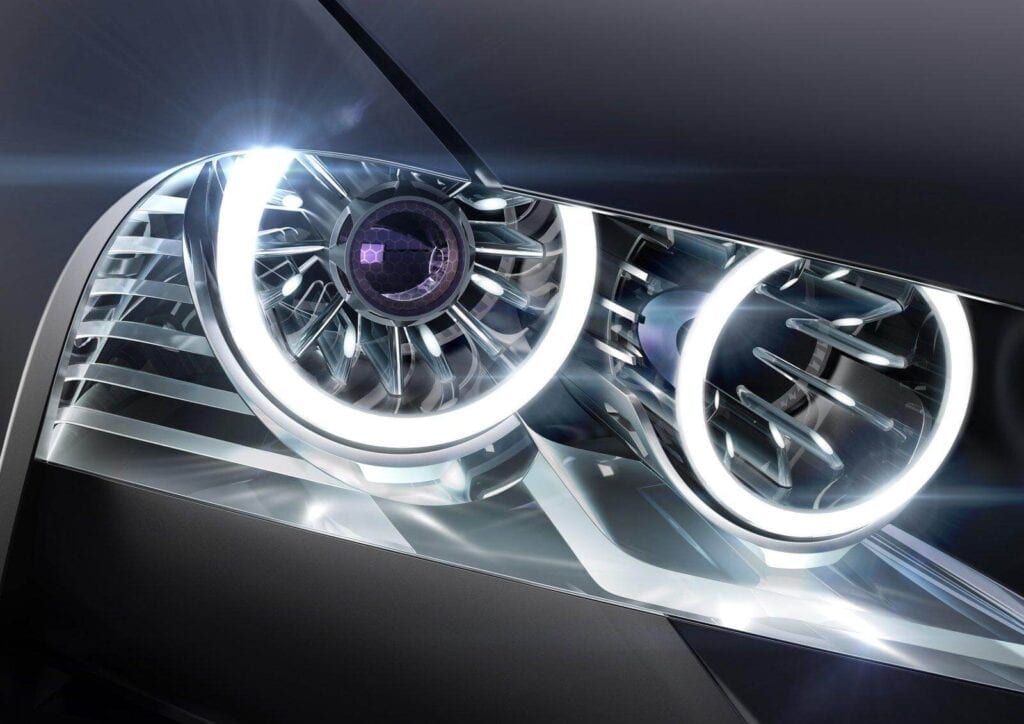
10 Chassis
Almost all modern cars use a self-supporting structure, consisting of a one-piece welded part, to which the main body parts (doors, hood and tailgate, if it is a hatchback or station wagon) are attached with bolts.
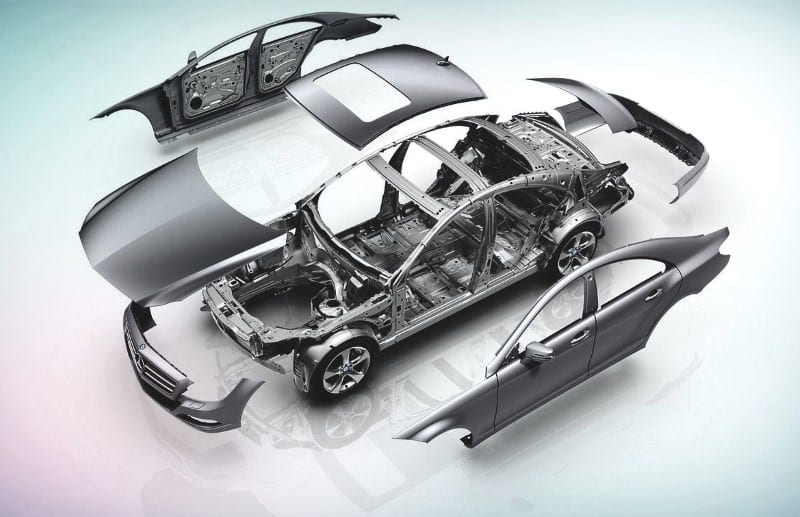
However, under the bumper there is a protective beam, which deforms and absorbs energy upon impact. On most models, it is bolted to the side members. However, in others, such as the first Logan and Nissan Almera, it is welded directly to the chassis. It's cheaper and easier for the manufacturer. But try replacing it after a light hit.
